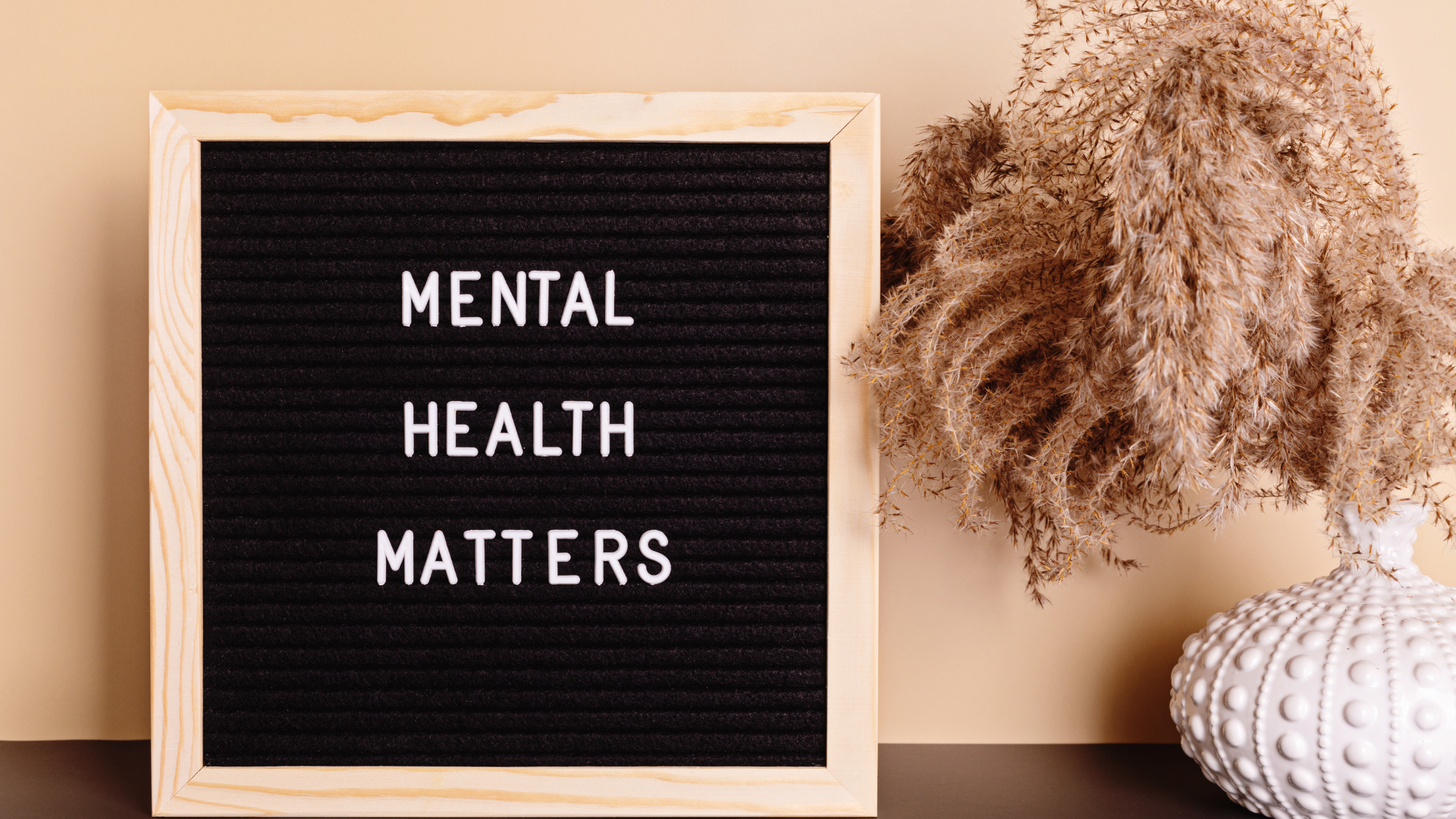The COVID-19 pandemic has created a new normal for everybody. Navigating these changes can cause unease and strain, negatively affecting employees’ overall mental health. One COVID-driven workplace shift is a heightened emphasis on holistically supporting employees. In addition to promoting 401k matching, fitness reimbursement, childcare, etc., companies should share mental wellness tips with employees. Sharing these tips will help your employees stay productive and balanced during disruption.
Recognize the Problem
Increased anxiety, stress, and loneliness are common in today’s world. At least 4-in-10 U.S. adults have faced high levels of psychological distress at least once since the early stages of the pandemic, according to the Pew Research Center. And the Centers for Disease Control and Prevention (CDC) estimates that more than 50% of Americans will be diagnosed with a mental health condition at some point in life.
So, what can managers do to help employees manage their mental wellness? Sometimes it’s not apparent, especially if employees keep up with their workload. They might be burying their feelings or hiding them behind professional decorum. First, connect with direct reports on how they are adjusting to life changes from the pandemic. If phone calls or virtual meetings are uncomfortable, share resources to help with training.
In addition, managers can make sure their employees have a balance of work that includes things they enjoy. Perhaps an employee wishes to stretch their writing skills. Delegate a new task that involves writing. To avoid task fatigue, encourage employees to make time for hobbies and take brain breaks from monotonous work. This opportunity provides a creative outlet and the chance to learn new skills. Both of which could lead to career growth or an expanded internal network. HR can help managers communicate support system details like crisis hotlines and mental health benefits provided through company insurance.
Companies can also convey that mental health is a priority by including mental health check-ins as part of the performance review process. By making it a core component of the review cycle, it solidifies the organizational importance of checking in with each other and provides reassurance that it’s okay to ask for help. This is also an opportunity for managers to encourage their teams to utilize their PTO for self-care days to help minimize the chances of burnout. Normalizing these conversations between managers and employees is crucial for reducing stigma and creating a more compassionate workplace.
Respect Comfort,
Emphasize Moderation
When stressed, employees naturally look for things they enjoy and bring comfort. For some, it is snacking or binge-watching TV. For others, it might mean wearing a favorite sweatshirt or playing games online. There’s nothing wrong with a few sweets or pulling an all-nighter in moderation. Unfortunately, these comforts can sometimes fall into bad habits. Not getting enough exercise or sleep, eating excess unhealthy food, or losing touch with friends and family can negatively impact mental health.
Companies can organize incentive programs such as step challenges and wellness reimbursements for gym memberships or purchasing exercise equipment. Offices may also want to invest in stand-up desks. Research shows employees will burn more calories, have less back pain, and be more productive. Offer health tips such as using a treadmill or exercise bike while watching TV. A consistent work-life balance is critical!
Eat Healthier
It’s no surprise that many turn to food for comfort and to release stress. Companies can encourage healthier eating in many ways. Consider holding a town hall session with a nutritionist to focus on wholesome habits. Provide a mix of healthy and savory snacks in the break room. Get conversations going by starting a healthy recipe IM channel. And try hosting an office potluck where people bring in their healthy favorites or consider healthy dining options when having food brought in for meetings or special events.
Share tips on the company intranet. Educate employees on how healthy eating impacts their energy, focus, and mental and physical health. Remember to deliver these resources in a compassionate and judgment-free manner. Eating healthier is a lifestyle change and takes time.
Invest in an Ergonomic Setup
An ergonomically correct setup is necessary regardless of whether you work in the office or remotely. Employee alertness, productivity, and physical comfort can suffer when their workspace isn’t ergonomic. Ensure employees understand ergonomics so they can arrange a workspace correctly and avoid injuries.
When a workspace is not causing physical stress, employees are less drained by work, which helps with mental strain. As part of the hybrid/remote work shift, many organizations began providing stipends for employees to make their home office space more ergonomic. For example, HubSpot gives remote workers a $60/month stipend. Policies like these can provide your employees with the necessary tools to minimize the impact of a poor workspace on their mental health.
Optimize Work-Life Balance
According to Zippia, 26% of U.S. employees work remotely, and 16% of U.S. companies are fully remote as of 2022. An estimated 36.2 million Americans will be working remotely by 2025. The line between work and home can become fuzzy. Some still may find it hard to get motivated to do their job. Others may tend to the opposite extreme, working well past standard “working hours” if they get immersed in a project. Both scenarios can be harmful to mental wellness.
Help employees learn to set boundaries to separate work life from home life, even when it’s all under one roof. Encourage everyone to set up a dedicated workspace away from areas where they relax. Whether at the kitchen table or in a spare bedroom, sitting up at a cleared workspace is much better than hunching over on the couch. Let them know it’s okay to step away from work to clear their minds. Encourage a lunch break away from the computer. Suggest getting up to stretch, throw some laundry in the wash, or take the dog for a quick walk.
Some of us are handling change and stress from the pandemic better than others—but everybody is affected by it. Watching out for employees’ mental wellness is more important than ever. By making mental health an organizational priority, you send a clear message to your workforce that they matter, employees are encouraged to take care of themselves, and they have the support they need when things get challenging.




